Introduction
Ceramics, with its thousand-year history and timeless charm, tells us stories of tradition, innovation and creativity. From Etruscan vases to modern decorative plates, this world fascinates enthusiasts and the curious. In this article we will explore the fundamental concepts of ceramics, creating a path that starts from the essential terms and arrives at the most iconic techniques. Whether you are looking for inspiration to decorate your home or want to discover the art behind each piece, this guide is a great place to start.
Glossary of essential terms
Ceramics is full of technical terms, each with a history and a very specific function. Clay is the heart of every creation, a material that transforms into terracotta, porcelain or stoneware depending on its characteristics. Terracotta, with its warm color, is often used for rustic and natural objects. Porcelain, on the other hand, refined and elegant, lends itself to delicate but resistant creations. Finally, stoneware stands out for its strength and impermeability, ideal for tableware and plates.
Once modeled, the ceramic object goes through a crucial phase called "biscuit", the first firing that makes it solid but still porous. Then, the glazing adds a final touch, making the surface shiny and protected. Decorative techniques such as engobe, a mixture of liquid clay and pigments, add uniqueness to the work before the final firing.
The main processing techniques
Behind every piece of ceramic is an artisanal process that combines skill, precision and creativity. Throwing, perhaps the most iconic technique, involves the clay being shaped on a rotating wheel. With expert hands, symmetrical objects such as vases and plates are created, giving shape to materials that tell stories.
Hand modeling, on the other hand, frees the craftsman's creativity. Among the most common techniques are pinching, which allows the clay to be shaped directly with the fingers, and the use of slabs, where the clay is spread out in sheets and assembled like a three-dimensional puzzle. Casting is another option, particularly suited to mass production: here the liquid clay is poured into molds, offering precision and uniformity in the shapes.
Finally, decoration is the soul of each piece. Engravings, underglaze paintings and three-dimensional reliefs give character and depth, transforming a simple object into a true work of art.
Stages of the production process
Each ceramic creation is the result of a meticulous process that begins with the preparation of the clay, a fundamental step to eliminate impurities and air bubbles that could compromise the final result. Subsequently, the shaping takes place, which can be done through turning, modeling or casting, giving life to the desired shape.
Once modeled, the piece must dry slowly during the drying phase, to avoid cracks or deformations. Two firings follow: the first, called biscuit, solidifies the object making it porous and ready for decoration. After adding colors and glazes, the piece is subjected to a second high-temperature firing, which fixes the details and completes the process.
Practical advice for approaching the world of ceramics
To enter this fascinating universe, it is useful to attend a basic course at a workshop or art school, where you can learn the fundamental techniques. Alternatively, you can start experimenting at home with basic materials such as modeling clay and simple tools. Remember to use water sparingly when modeling so as not to weaken the material and to let each piece dry well before firing.
Conclusion
Ceramics is not just an art, but a journey that combines tradition, creativity and craftsmanship. Now that you know the terms, techniques and secrets behind each piece, you can appreciate even more the value of this ancient practice. If you want to see how the magic of ceramics comes to life, explore the Ceramiche Sofia catalog and be inspired by our unique creations.
Discover the timeless beauty of handcrafted ceramics and find the perfect piece for your home.

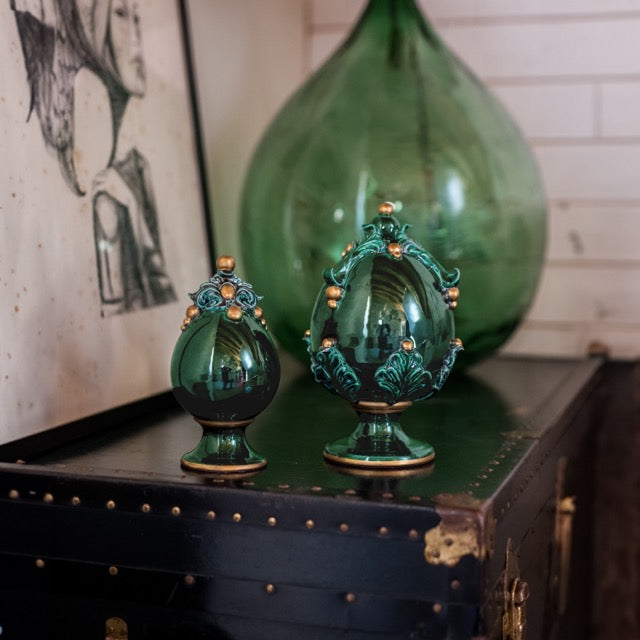
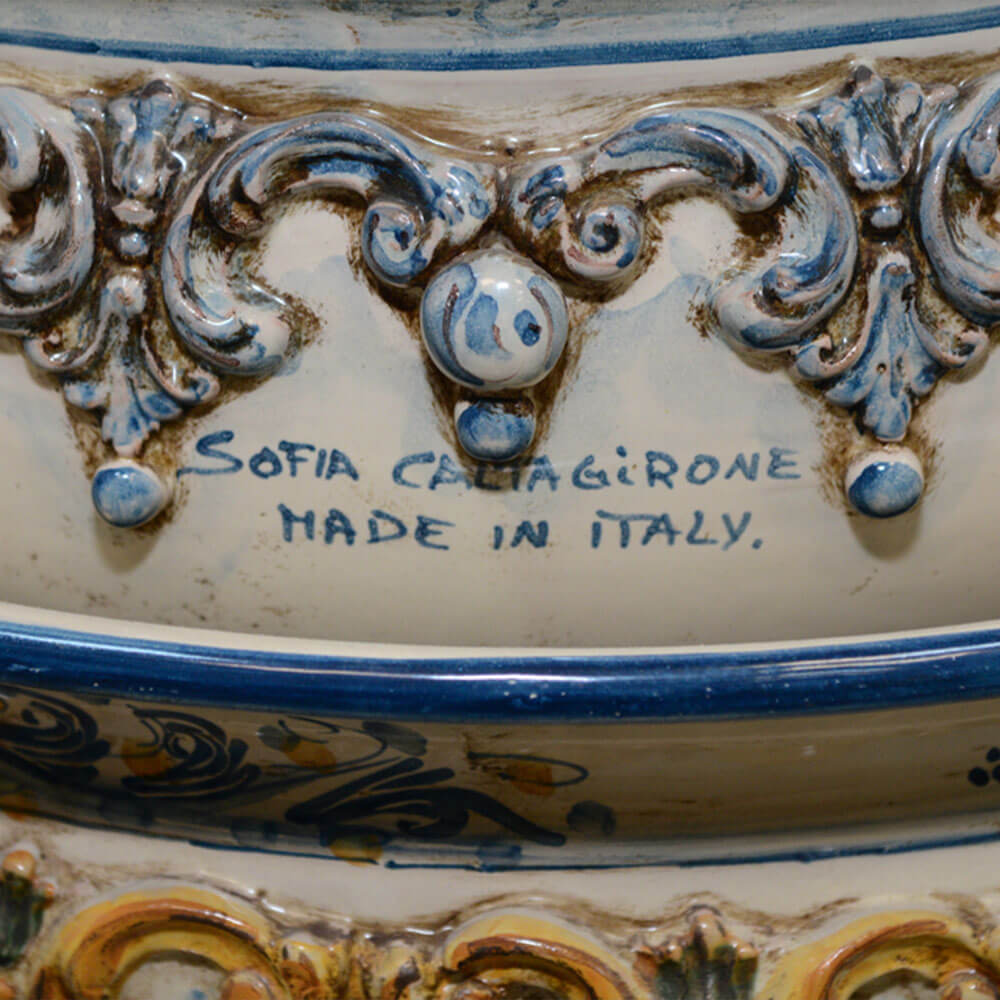
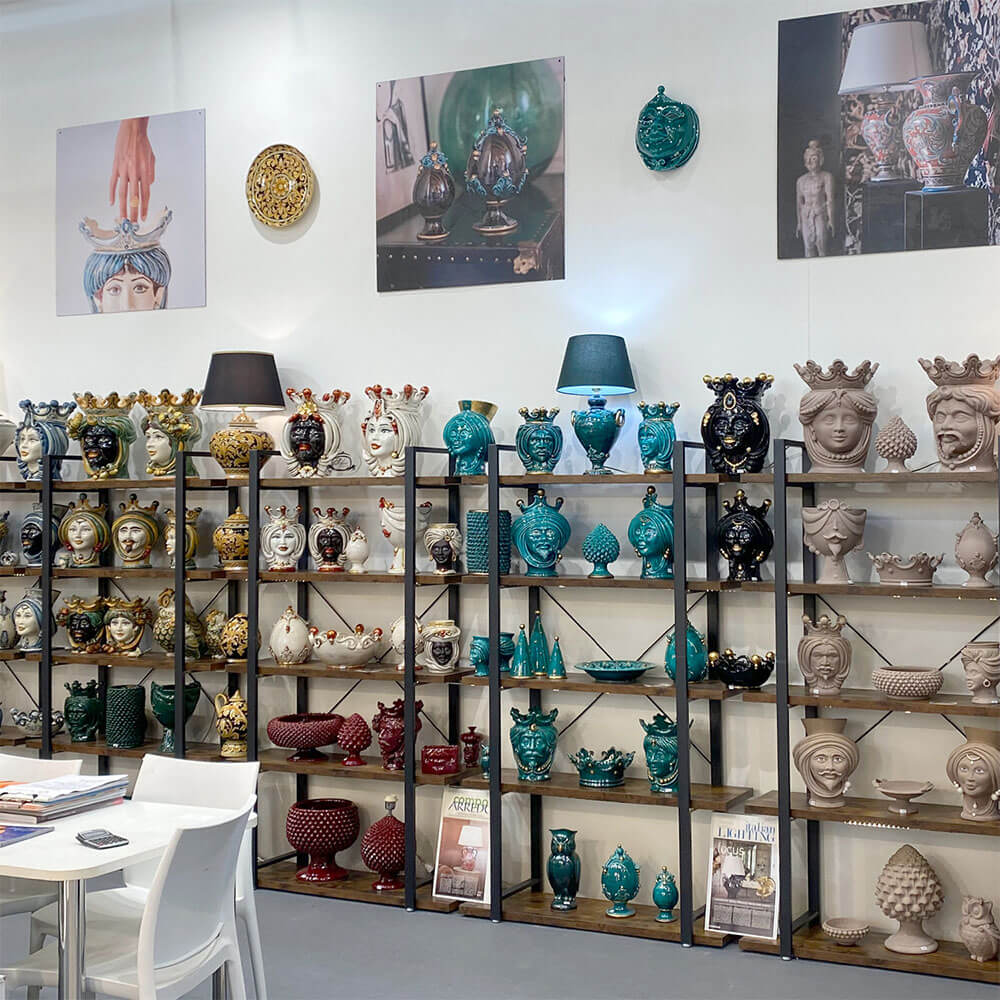
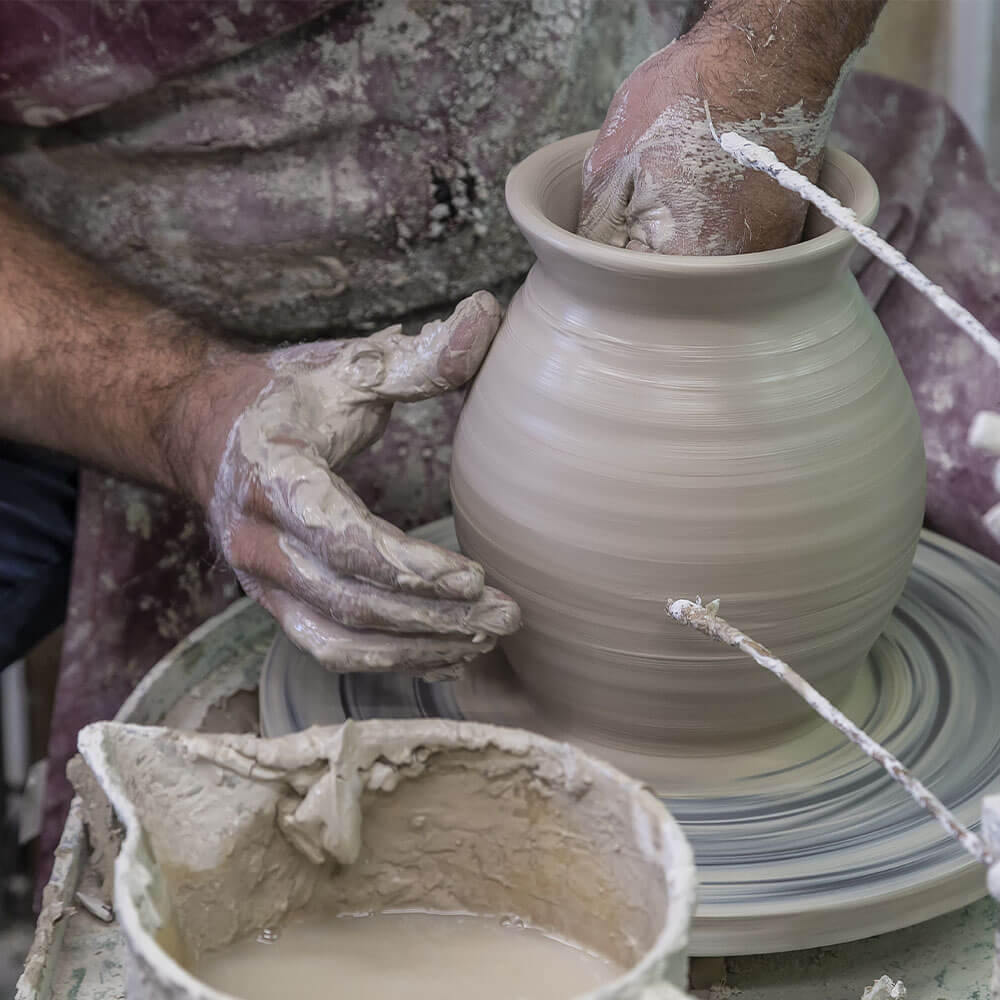

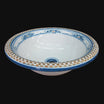




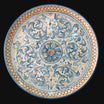

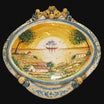
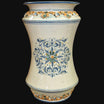

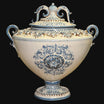
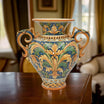
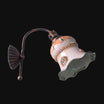

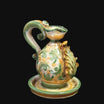


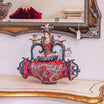
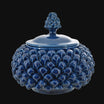

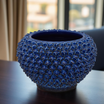
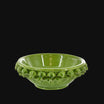

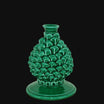
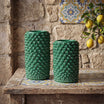

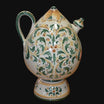
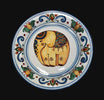
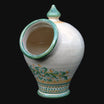






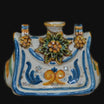
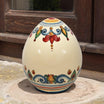
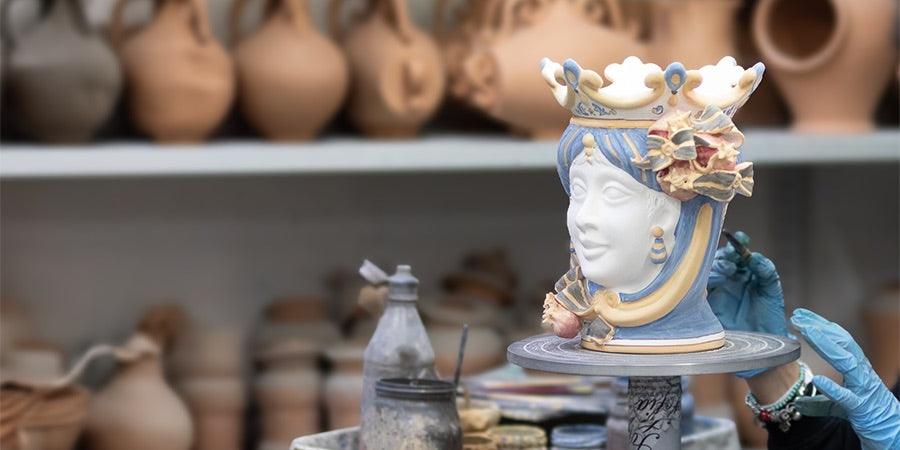
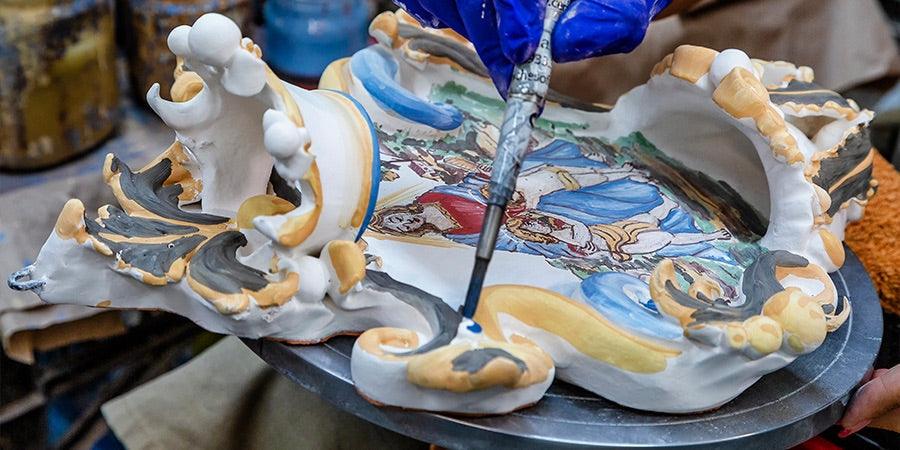
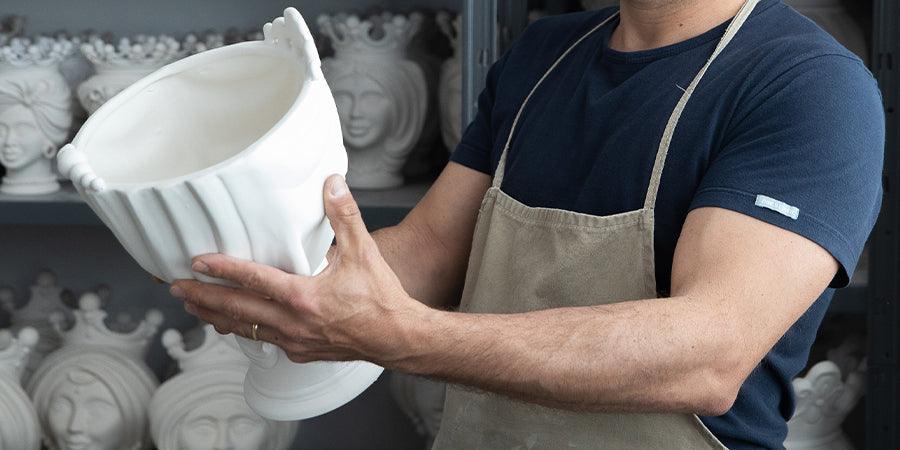
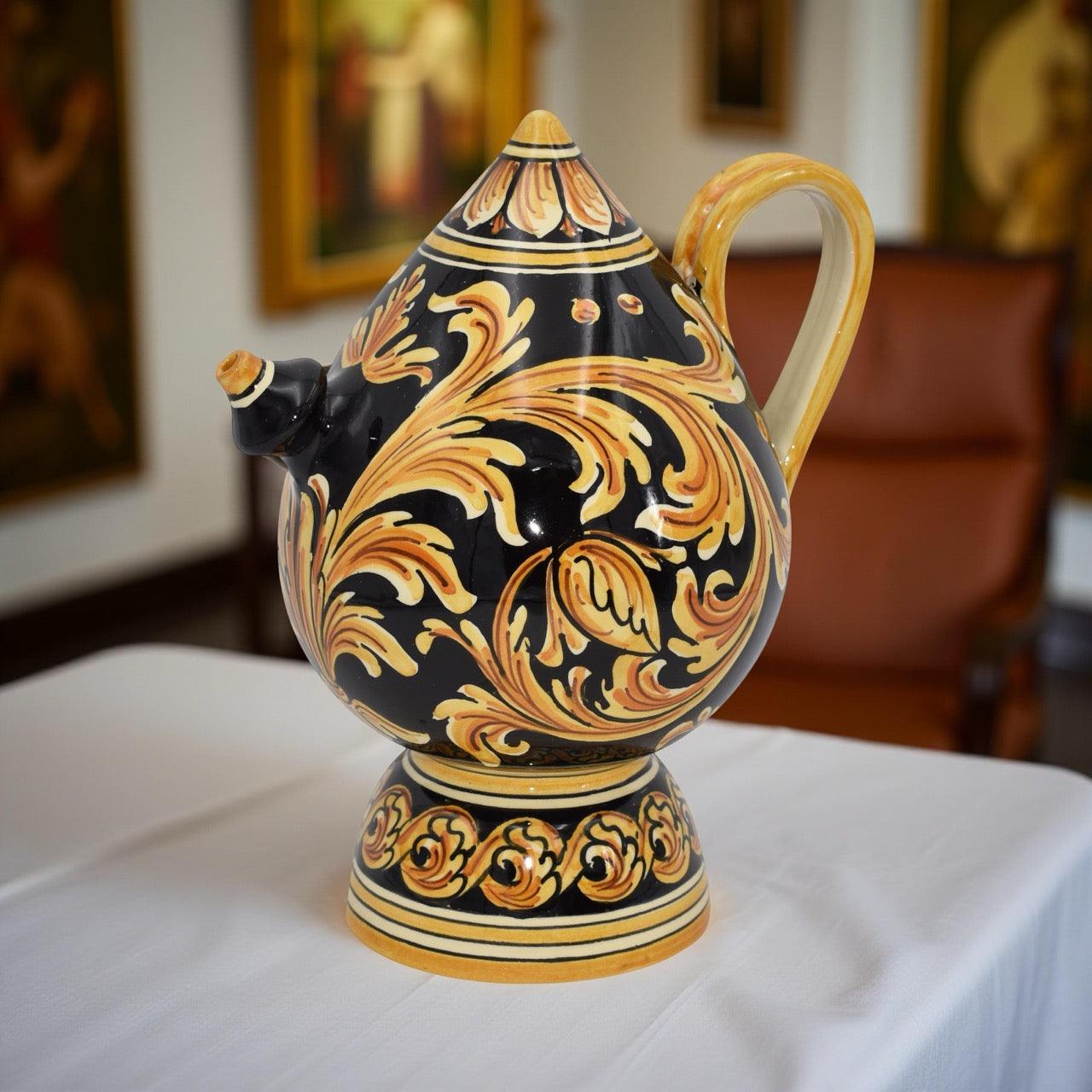
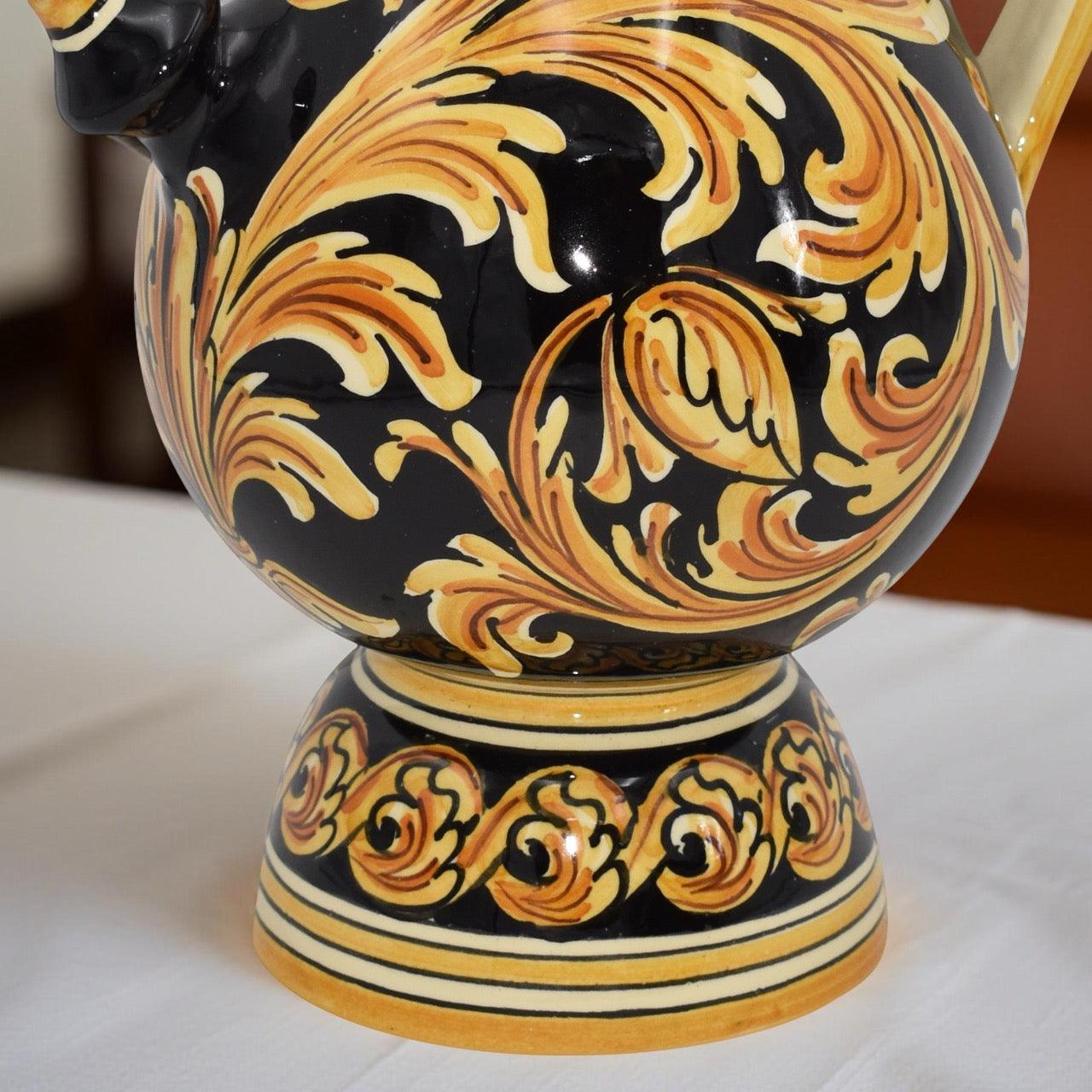


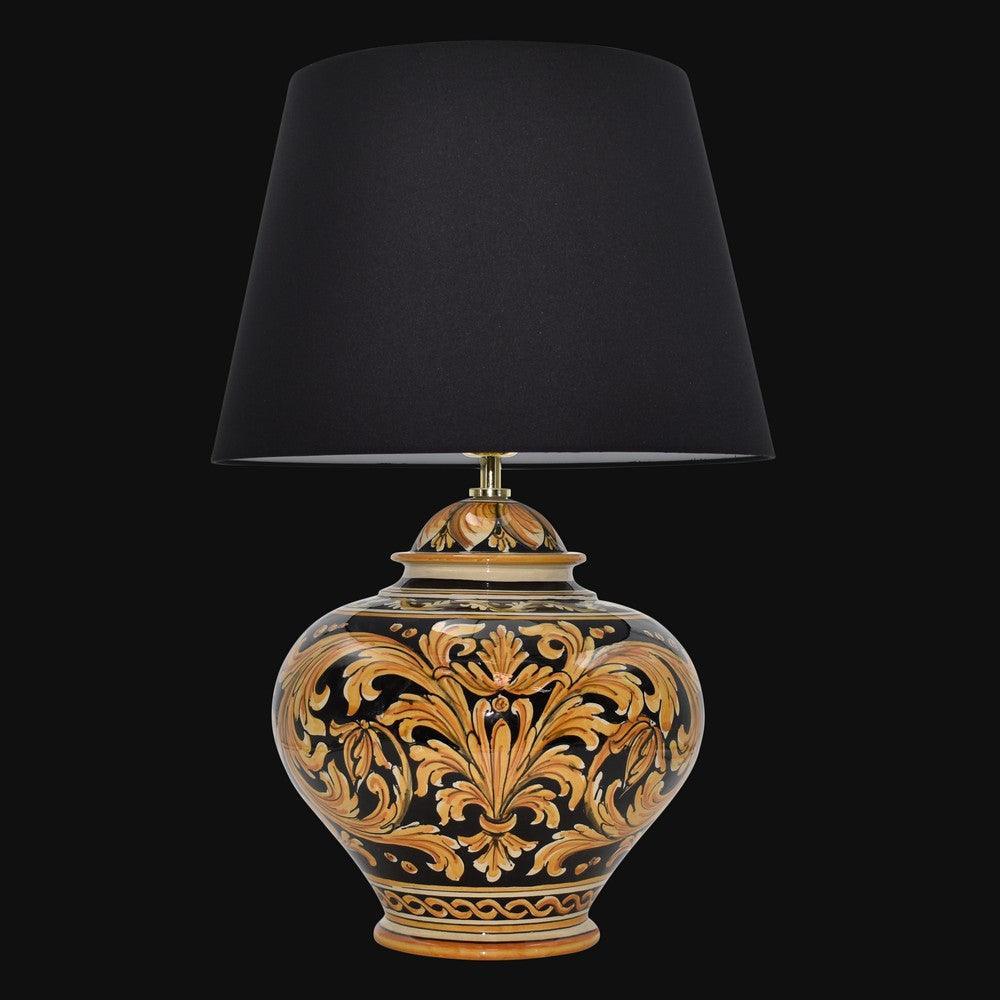
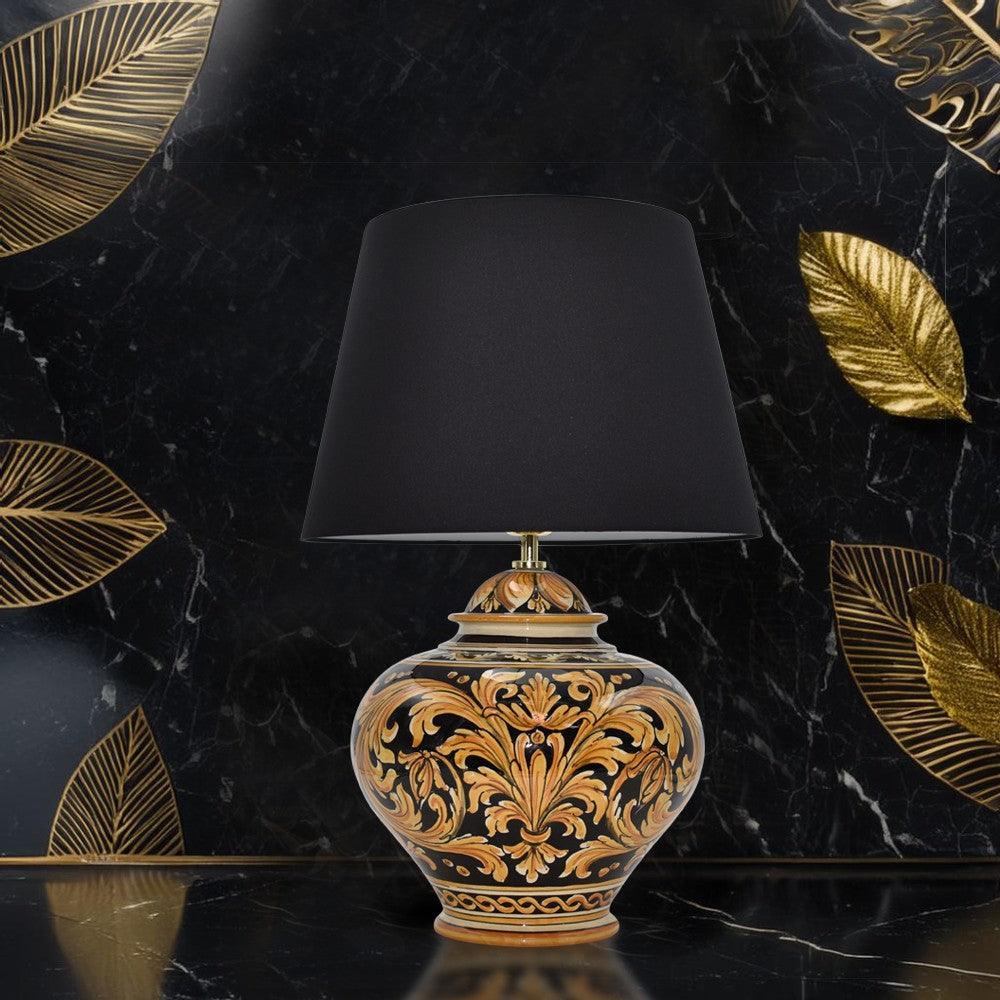
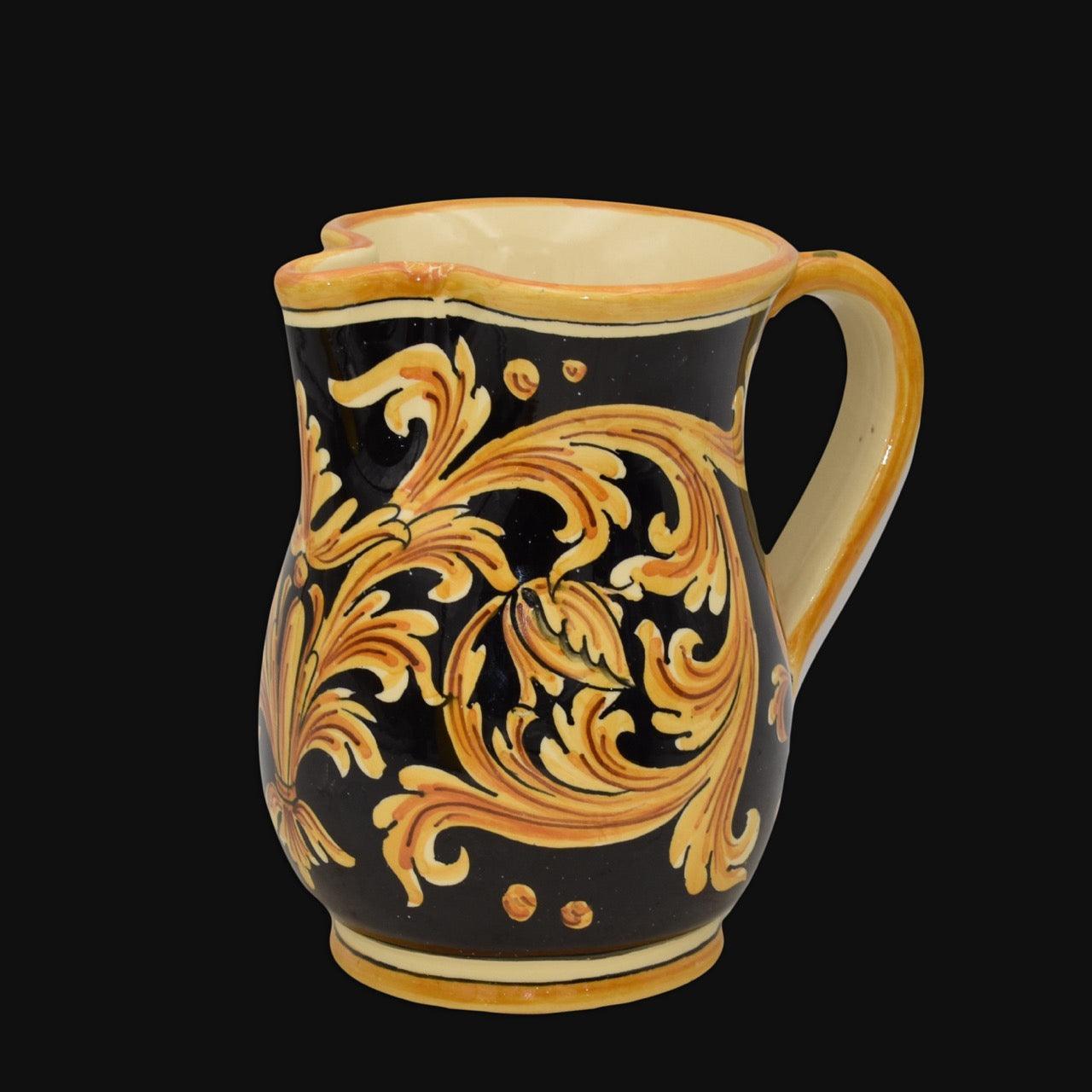
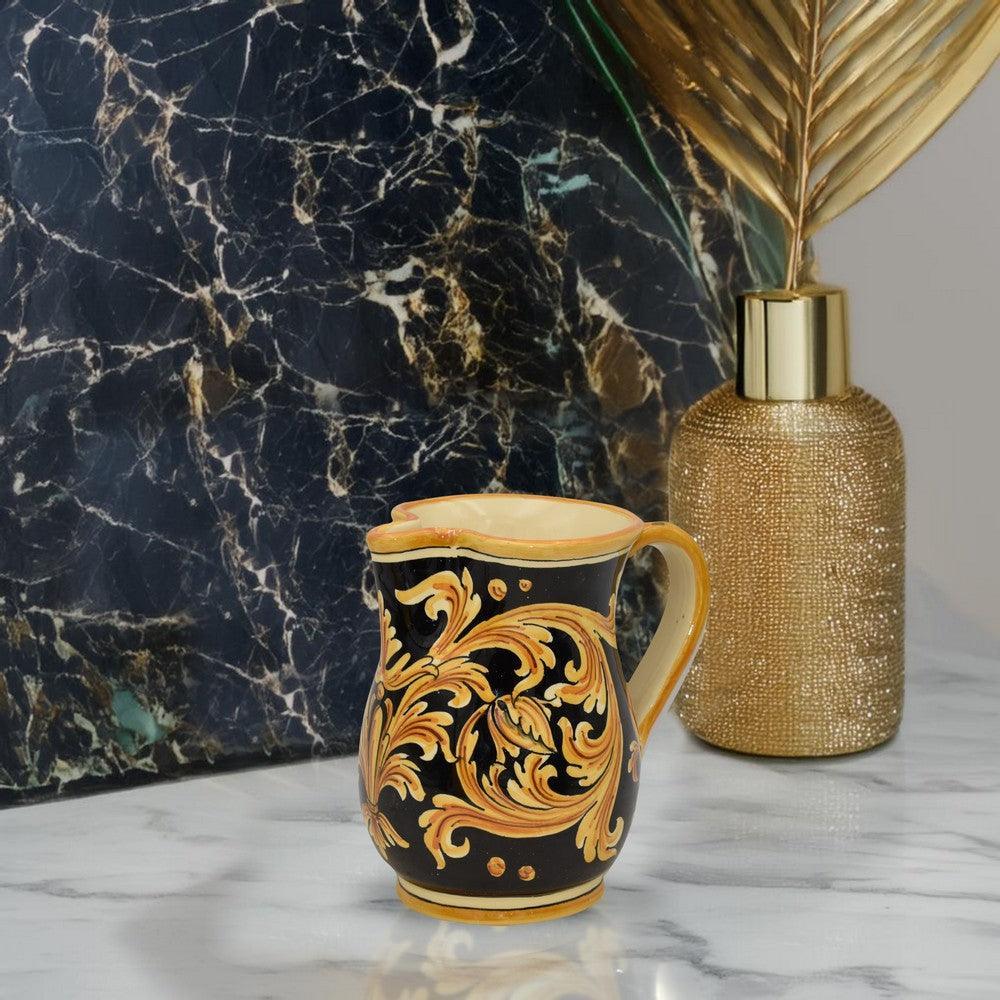
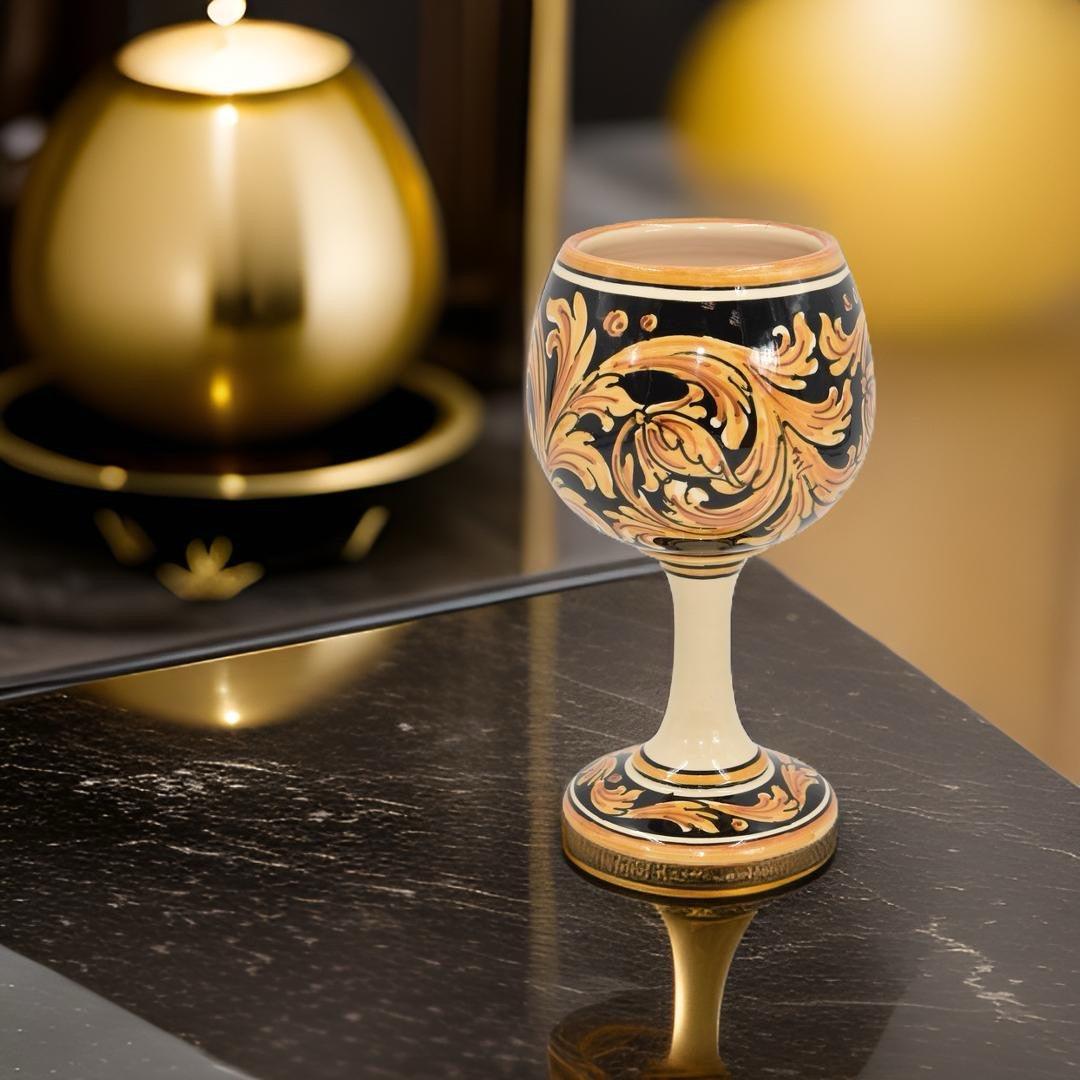
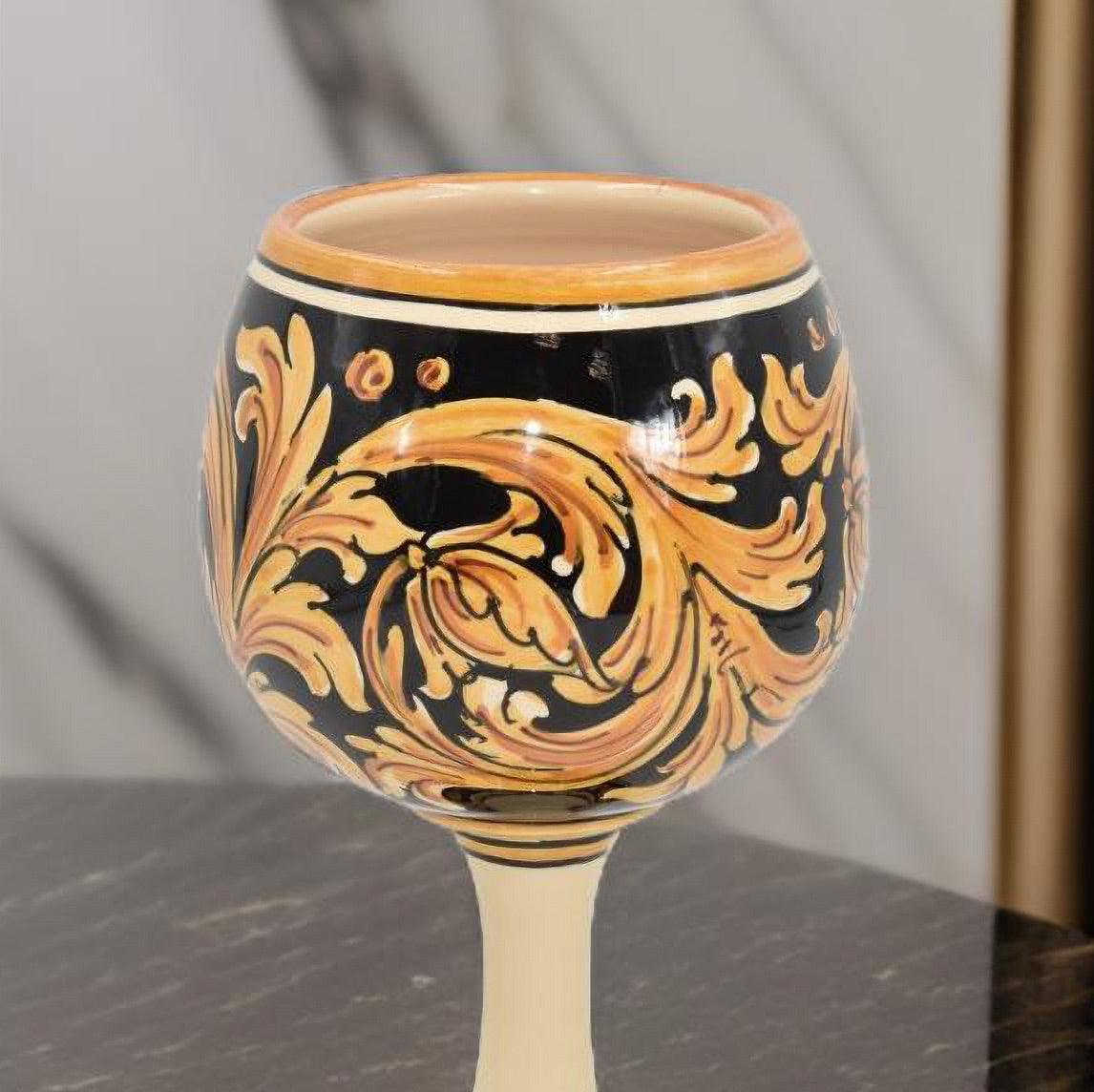
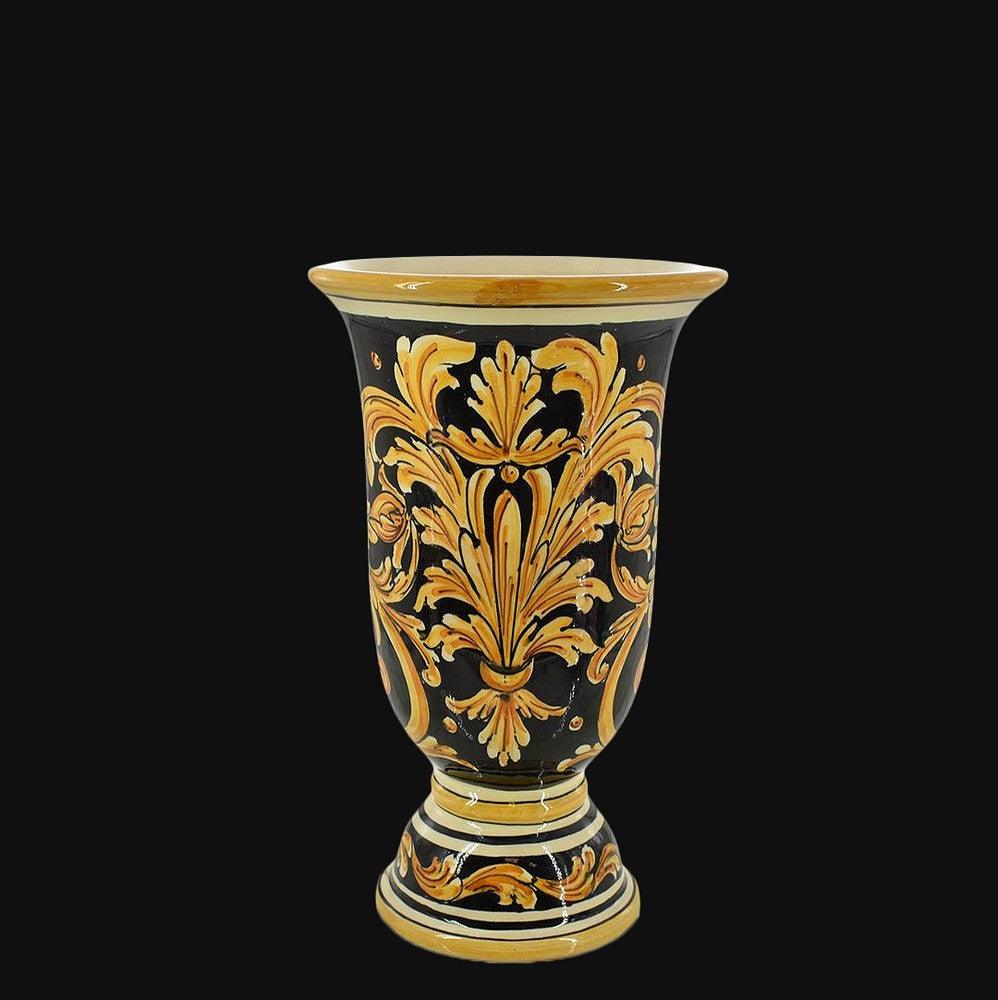
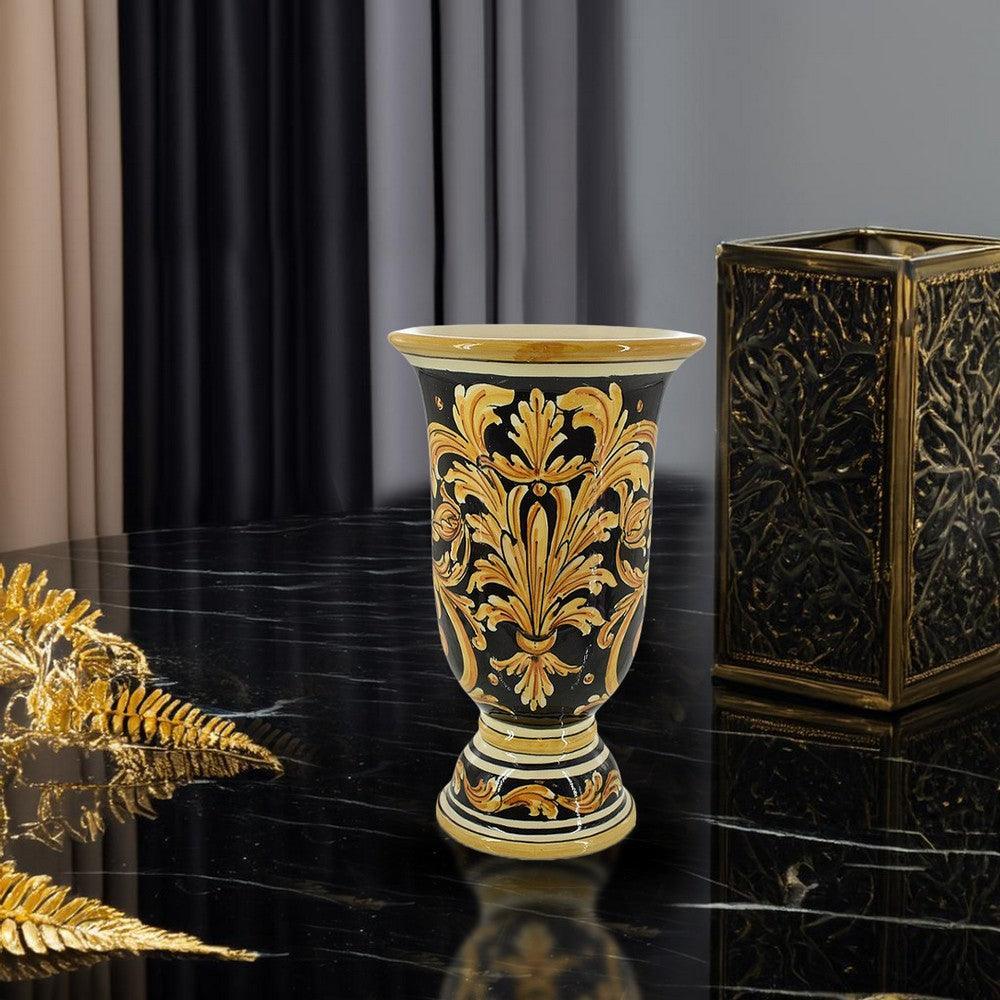


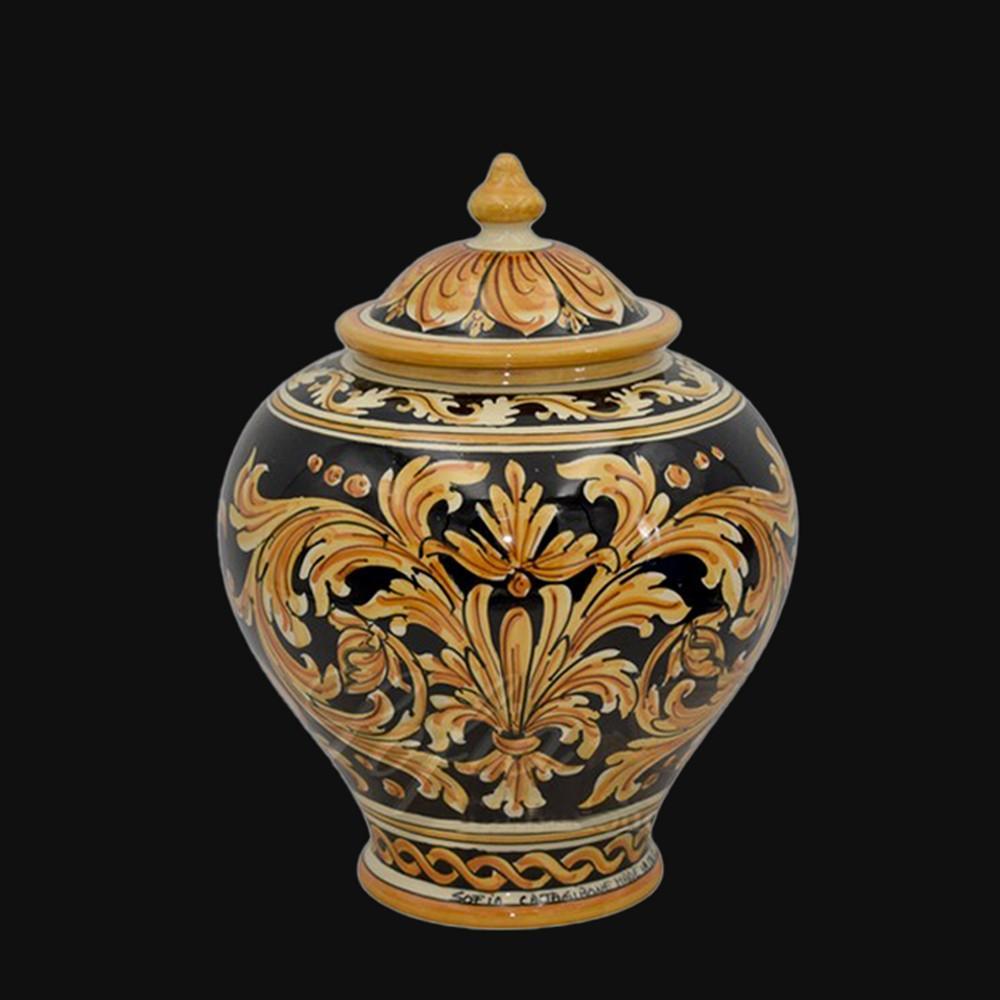
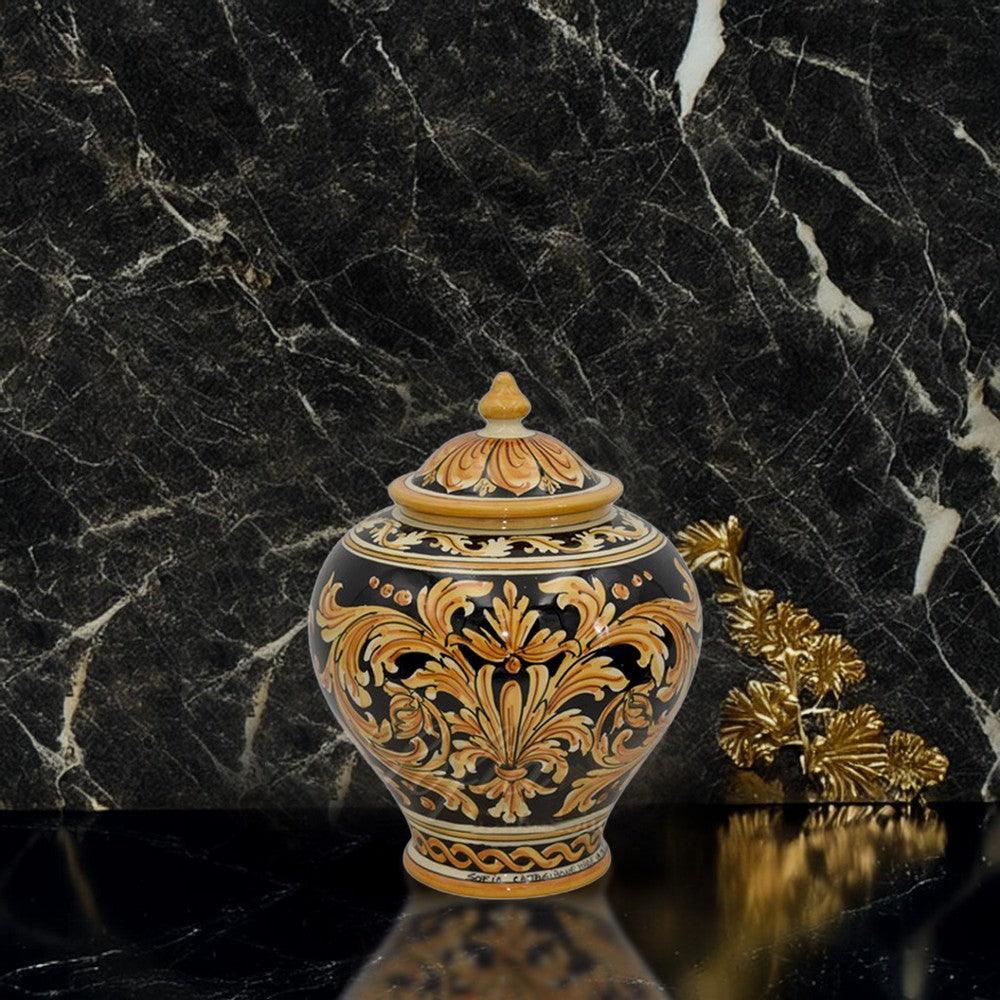
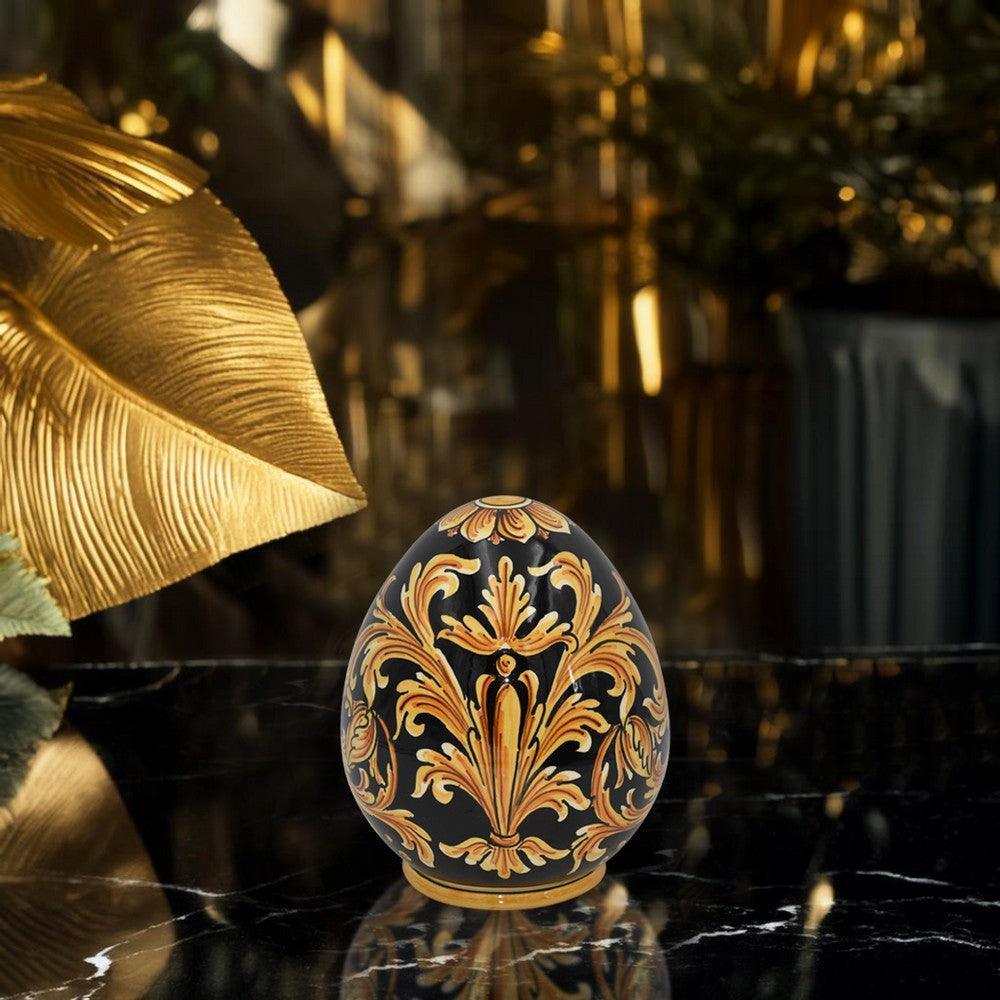
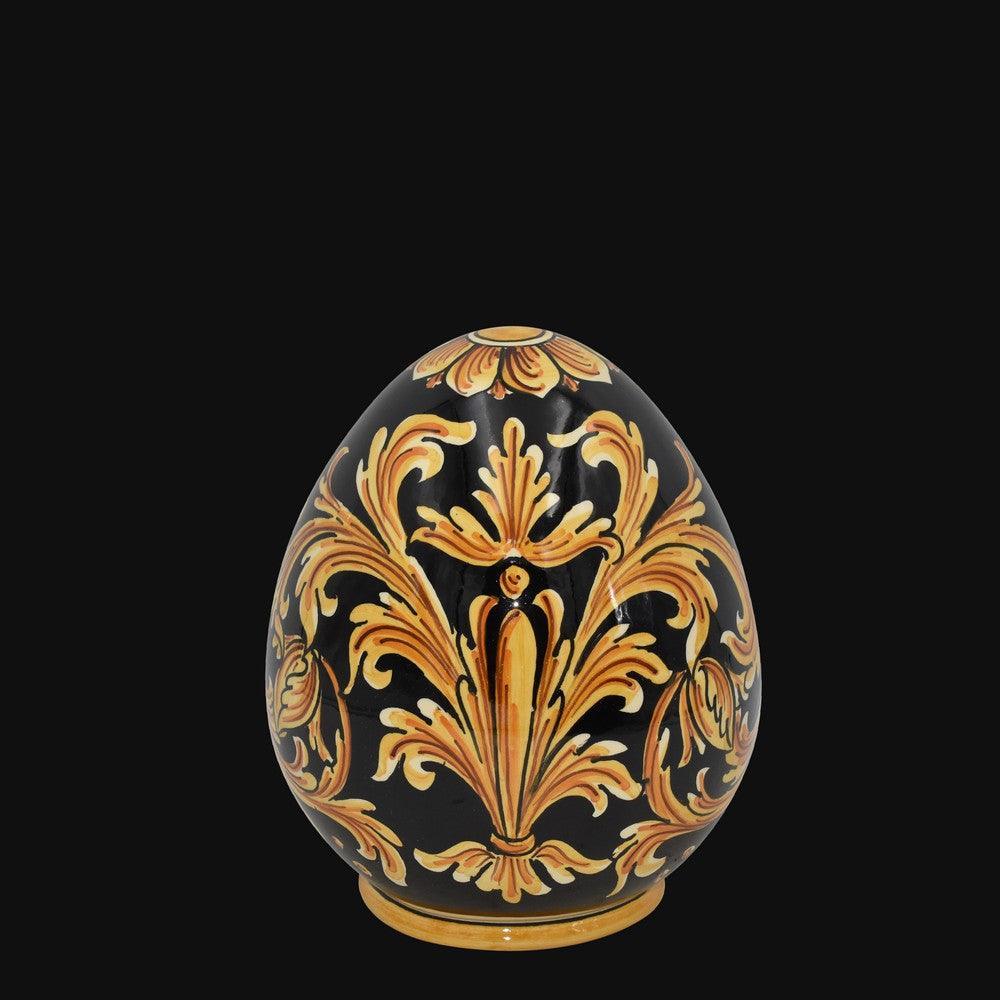
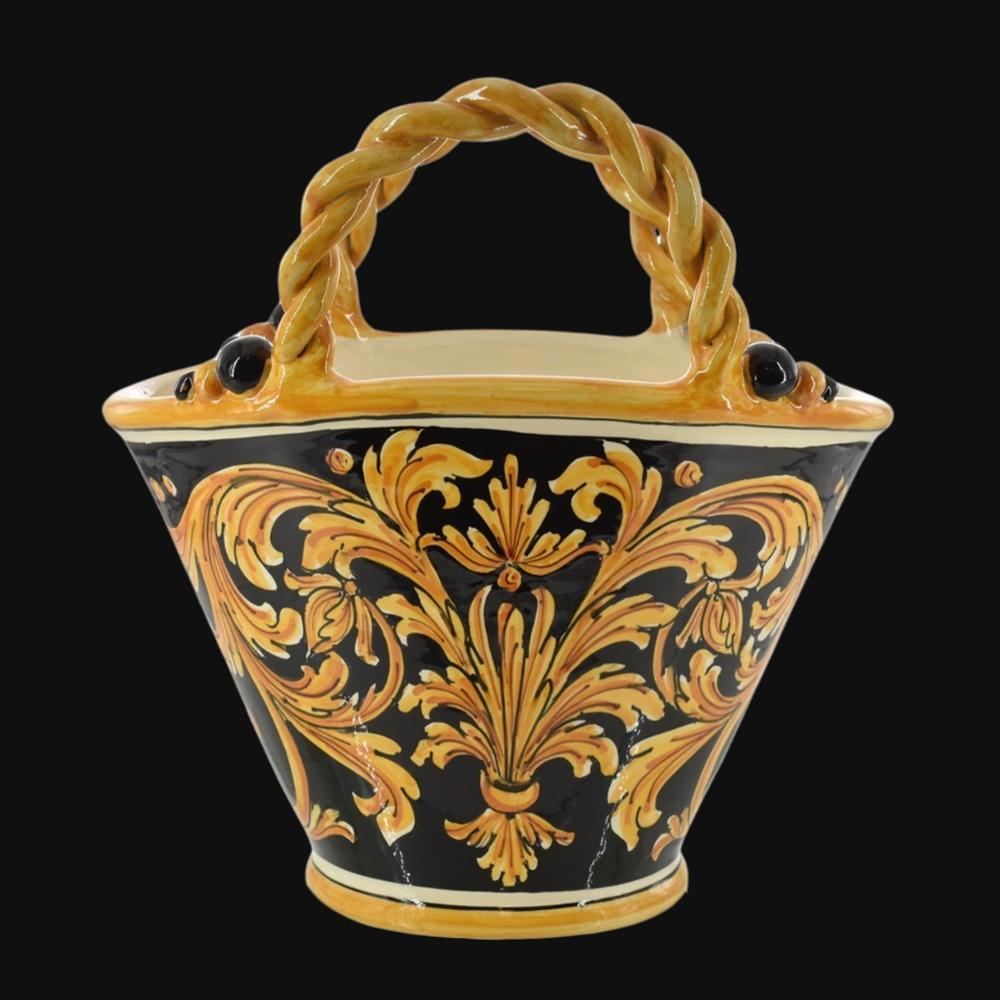
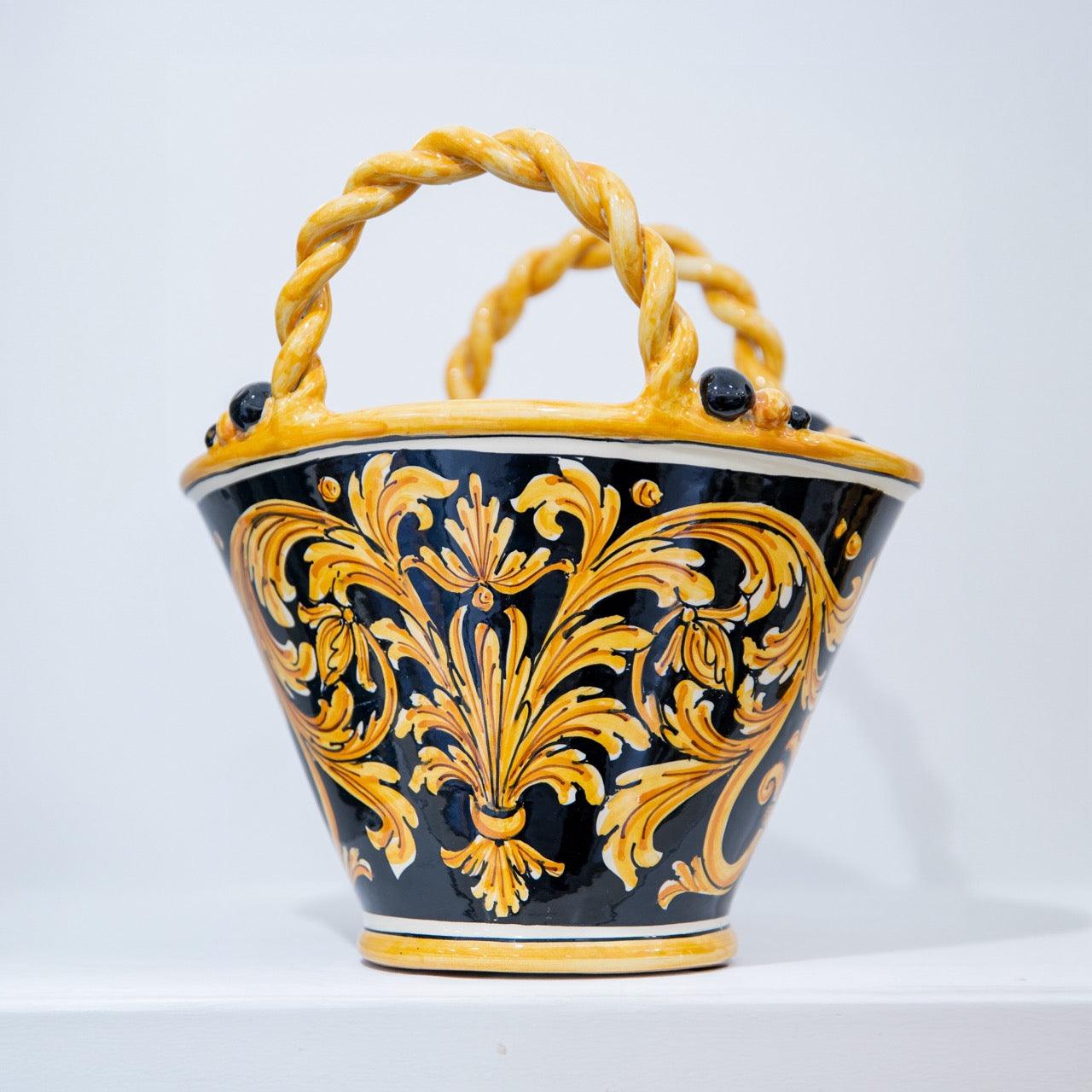

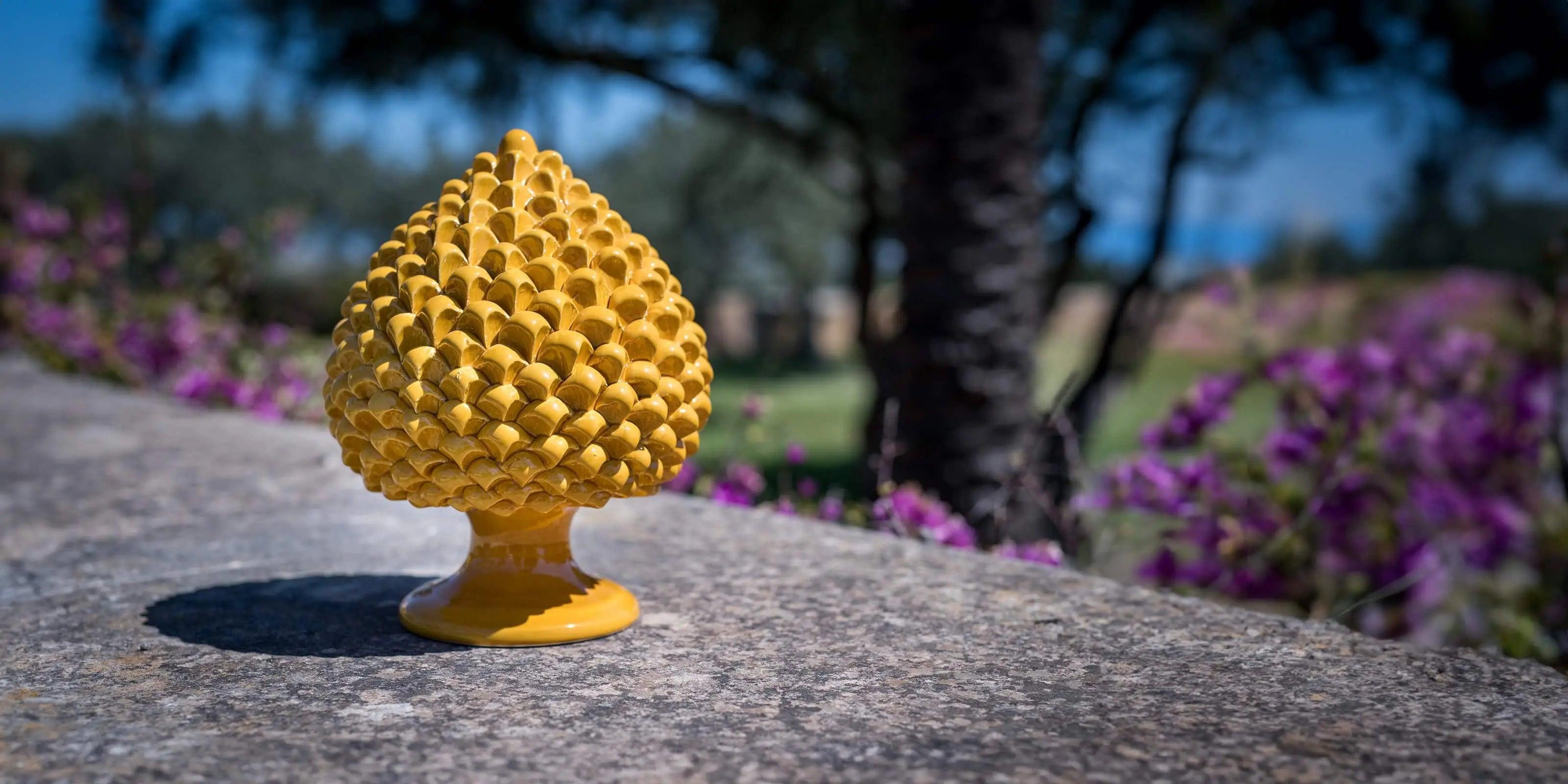
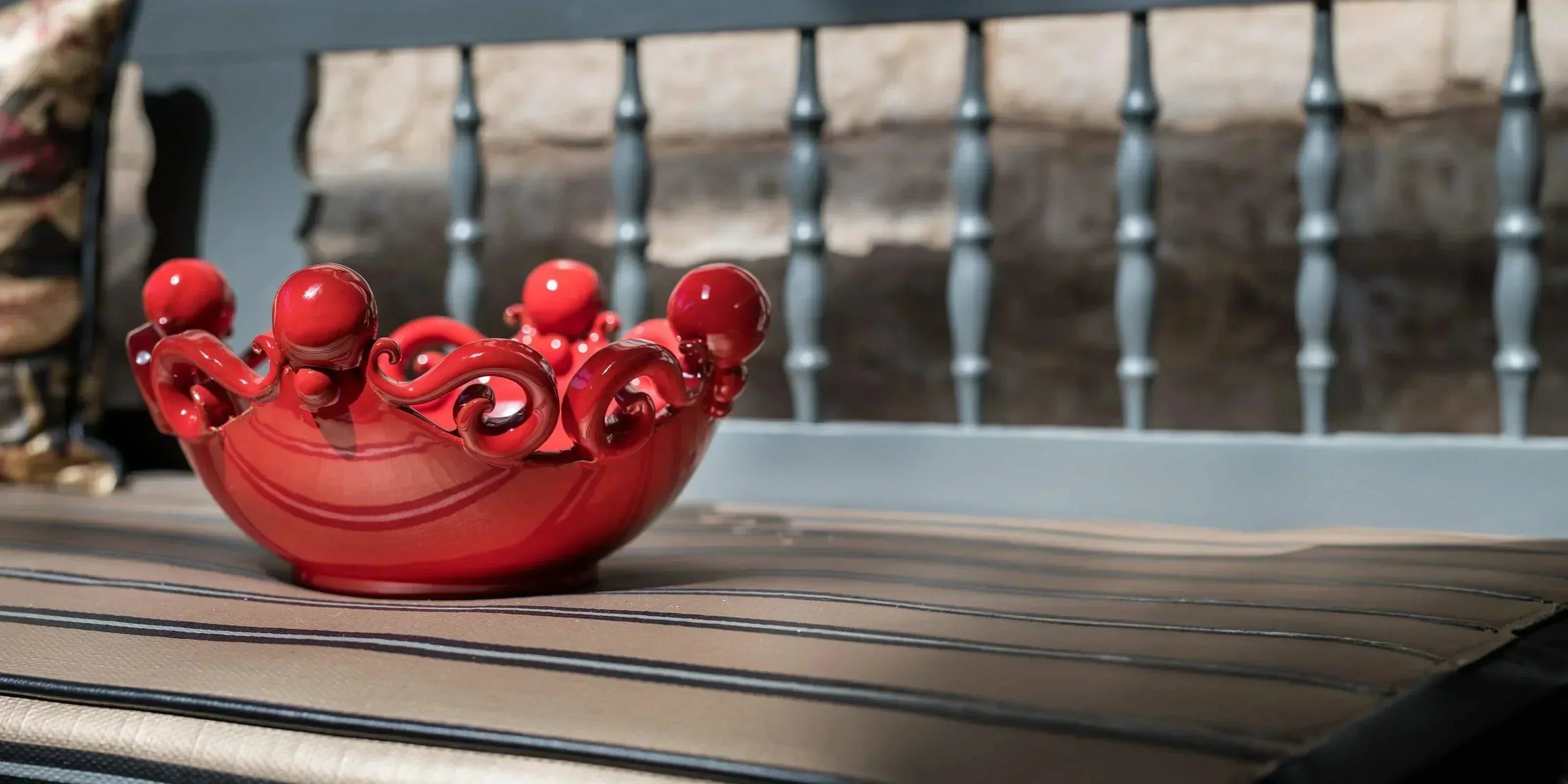

Leave a comment
All comments are moderated before being published.
This site is protected by hCaptcha and the hCaptcha Privacy Policy and Terms of Service apply.